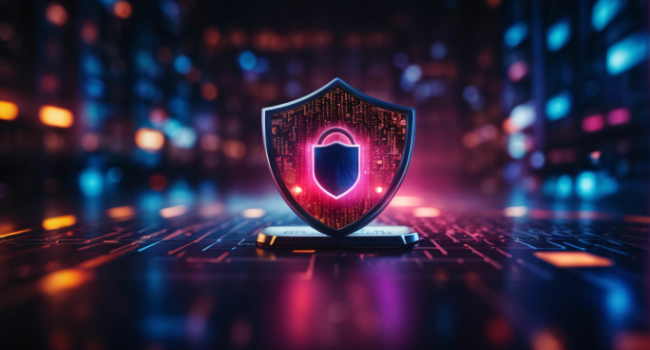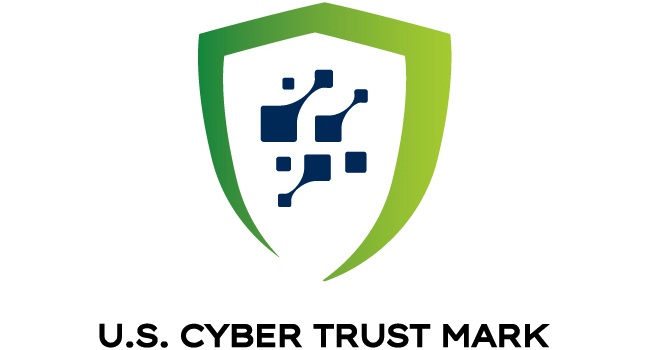
Malwarebytes, a provider in real-time cyber protection, recently released its 2025 State of Malware report, which reveals insight into the emergence of agentic artificial intelligence (AI), plus the year’s most prominent threats and cybercrime tactics. The report details a significant uptick in the number of known ransomware attacks, the total value of ransoms paid in 2024, and how IT teams can address them.

Change Your Password Day is right around the corner. Observed every year on February 1, the day aims to raise awareness about cybersecurity and underscores the importance of keeping passwords strong and up to date.
On Data Privacy Day (Jan. 28, 2025), the Security Industry Association (SIA) has released a set of new and updated resources and programs around data privacy for security industry professionals.

In the artificial intelligence race powered by American companies like OpenAI and Google, a new Chinese rival is upending the market—even with the possible privacy and data security issues.
- By Brent Dirks
- Jan 28, 2025

Today, Cyber Performance Center, Hack The Box, released new data showcasing the perspectives of Chief Information Security Officers (CISOs) towards cyber preparedness in 2025. In the aftermath of 2024’s high-profile cybersecurity incidents, including NHS, CrowdStrike, TfL, 23andMe, and Cencora, CISOs are reassessing their organization’s readiness to manage a potential “chaos” of a full-scale cyber crisis.

You would think in a world where cybersecurity breaches are frequently in the news, that it wouldn’t require much to convince CEOs and C-suite leaders of the value and importance of security awareness training (SAT). Unfortunately, that’s not always the case.
- By Stu Sjouwerman
- Jan 24, 2025

DeNexus, a provider in end-to-end cyber risk management for operational technology (OT) in Industrial Enterprises and Critical Infrastructures with cyber-physical assets, today announced the results of a comprehensive analysis of 254 industrial sites across North America, Europe, and Australia has revealed that 92% of sites face significant cyber exposures related to remote services, with potential losses reaching up to $1.5 million per site.

Netwrix, a vendor specializing in cybersecurity solutions focused on data and identity threats, surveyed 1,309 IT and security professionals globally and recently released findings for the healthcare sector based on the data collected. It reveals that 84% of organizations in the healthcare sector spotted a cyberattack on their infrastructure within the last 12 months. Phishing was the most common type of incident experienced on premises, similar to other industries.
The Security Executive Council (SEC) is partnering with the Strategic Consortium of Intelligence Professionals (SCIP) to further a shared mission of providing resources and thought leadership to the private-sector intelligence community.

The White House recently announced the launch of a cybersecurity label for internet-connected devices, known as the U.S. Cyber Trust Mark, completing public notice and input over the last 18 months. During that time, FCC Commissioners decided in a bipartisan and unanimous vote to authorize the program and adopt final rules, as well as the trademarked, distinct shield logo that will be applied to products certified for the U.S. Cyber Trust Mark label.

BlackFog, provider of ransomware prevention and anti data exfiltration (ADX), recently unveiled its research conducted with UK and US IT Security decision makers. The research revealed that the majority of respondents, 70%, felt that stories of CISOs being held personally liable for cybersecurity incidents has negatively affected their opinion of the role.

The Security Industry Association (SIA) has identified and forecasted the 2025 Security Megatrends, which form the basis of SIA’s signature annual Security Megatrends report defining the top 10 factors influencing both short- and long-term change in the global security industry.
The Cybersecurity and Infrastructure Security Agency (CISA), National Security Agency (NSA), Federal Bureau of Investigation (FBI) and international partners published recently a joint guide, Enhanced Visibility and Hardening Guidance for Communications Infrastructure, that provides best practices to protect against a People’s Republic of China (PRC)-affiliated threat actor that has compromised networks of major global telecommunications providers. The recommended practices are for network engineers and defenders of communications infrastructure to strengthen visibility and harden network devices against this broad and significant cyber espionage campaig

KnowBe4 recently released its Q3 2024 Phishing Report. This quarter's findings reveal the most frequently clicked email subjects in simulated phishing tests, demonstrating the continued efficacy of HR and IT-related phishing attempts. KnowBe4’s Q3 2024 Phishing Report reveals that HR and IT-related phishing emails claim a significant 48.6% share of top-clicked phishing types globally. Despite evolving techniques by bad actors, phishing emails remain among the most prevalent tools for executing cyberattacks.

Organizations are realizing that their greatest vulnerability often comes from within – their own people. Human error remains a significant factor in cybersecurity breaches, making it imperative for organizations to address human risk effectively. As a result, security awareness training (SAT) has emerged as a cornerstone in this endeavor because it offers a multifaceted approach to managing human risk.
The Transportation Security Administration (TSA) published a Notice of Proposed Rulemaking that proposes to mandate cyber risk management and reporting requirements for certain surface transportation owners and operators.

Panaseer recently released ControlWatch and the Continuous Controls Battle: Panaseer 2025 Security Leaders Report examining the cost of cybersecurity control failures and the impact of growing personal liability for security failings on security leaders. The report analyzes the findings of a survey of 400 security decision makers (SDMs) across the US and UK. It shows that security leaders feel under increasing pressure to provide assurances around cybersecurity, exposing them to greater personal risk – yet many lack the data and resources to accurately report and close cybersecurity gaps.

Only 35 percent of cybersecurity professionals or teams are involved in the development of policy governing the use of AI technology in their enterprise, and nearly half (45 percent) report no involvement in the development, onboarding, or implementation of AI solutions, according to the recently released 2024 State of Cybersecurity survey report from ISACA, a global professional association advancing trust in technology.

Trustwave, a cybersecurity and managed security services provider, recently released a series of reports detailing the threats facing the retail sector, marking the second year of its ongoing research into these critical security issues.

Senator Benjamin Cardin, chairman of the U.S. Foreign Relations Committee, is the most recent public figure to have experienced a targeted social engineering attack. The attack began with the Senator’s office receiving an email that purported to be from former Ukrainian minister Dmytro Kuleba, who Cardin had already known.
- By Erich Kron
- Oct 25, 2024